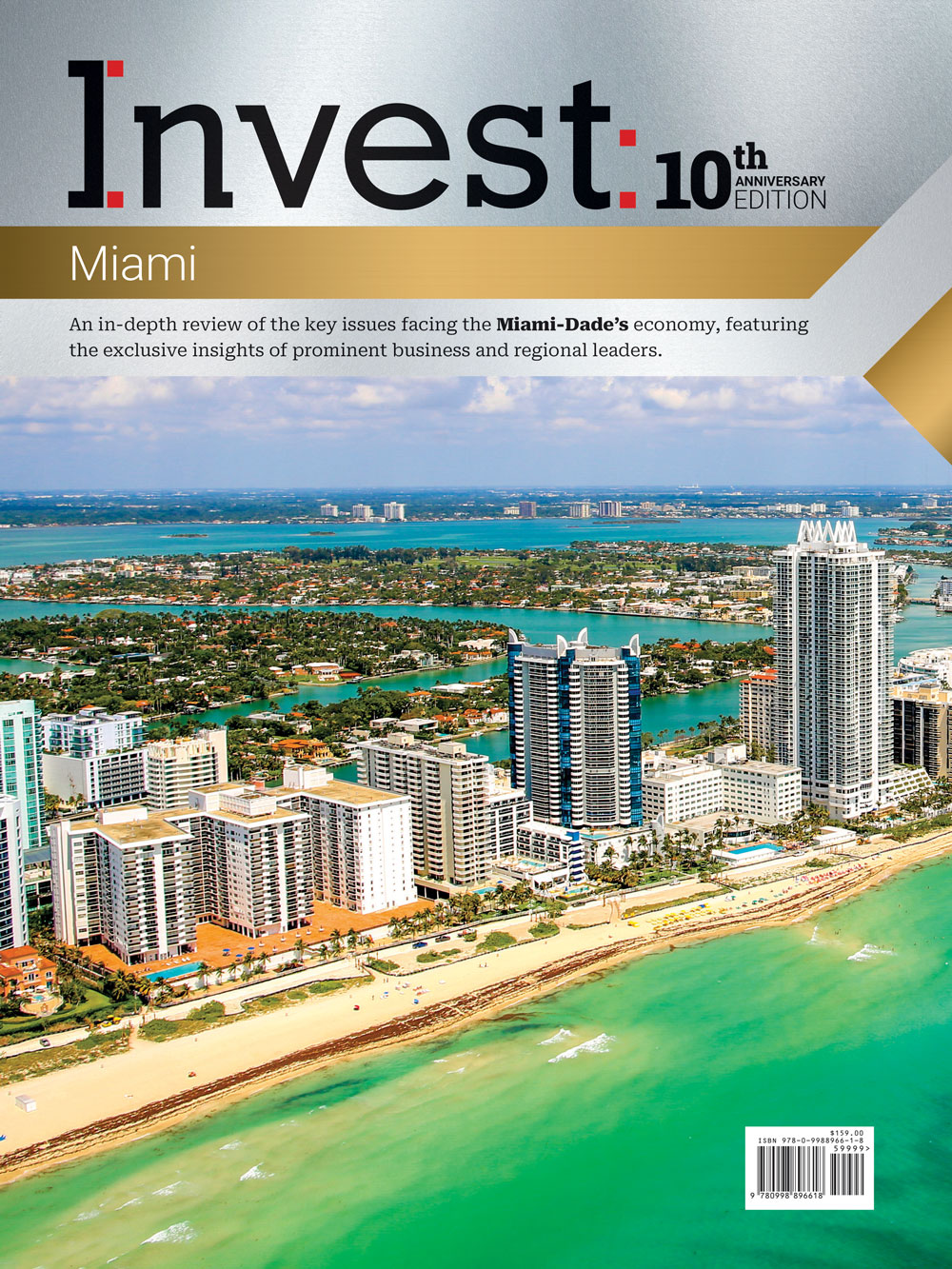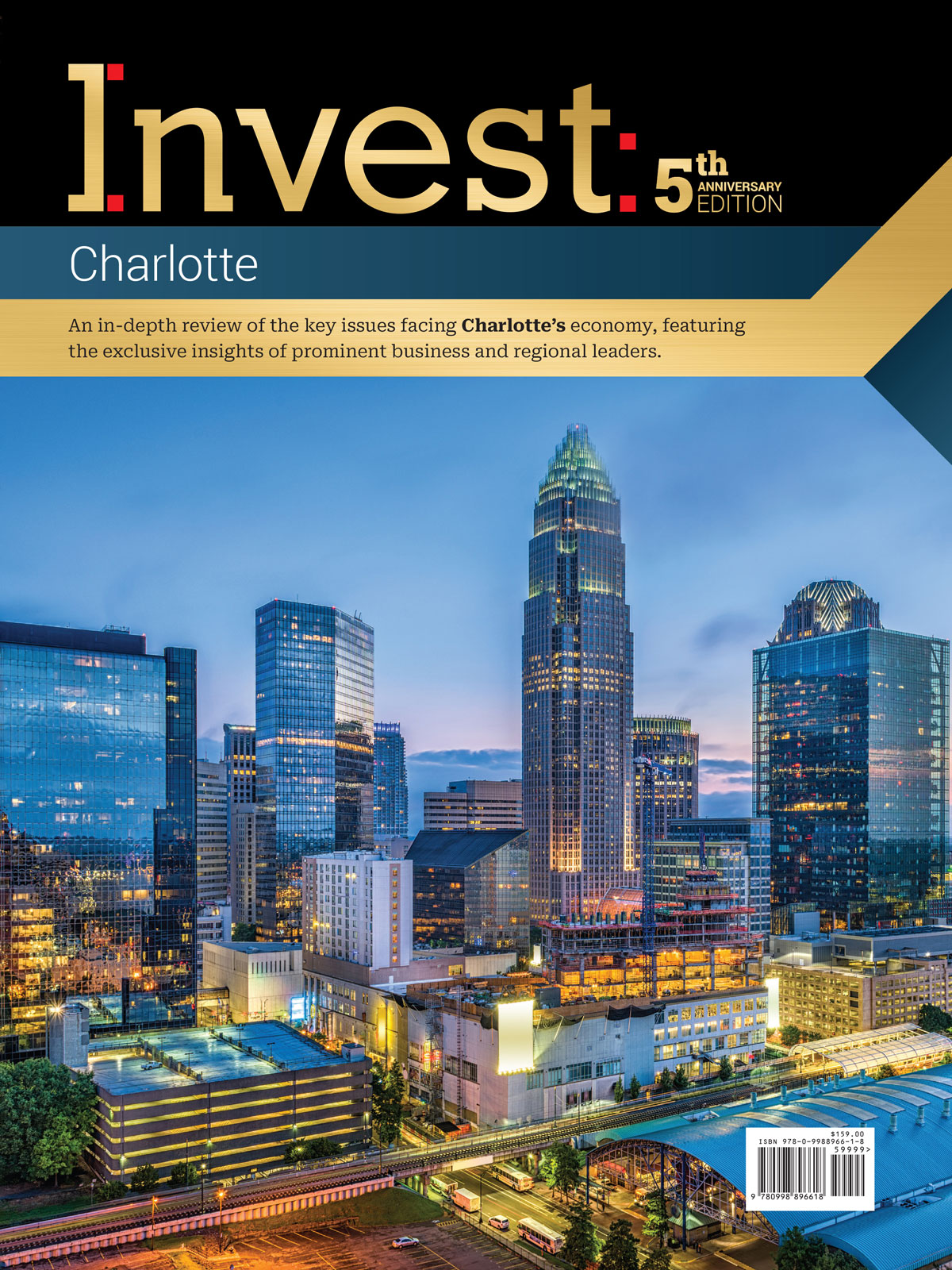The role of public-private partnerships in Broward’s housing and transit developments
[fusion_builder_container type=”flex” hundred_percent=”no” equal_height_columns=”no” hide_on_mobile=”small-visibility,medium-visibility,large-visibility” background_position=”center center” background_repeat=”no-repeat” fade=”no” background_parallax=”none” parallax_speed=”0.3″ video_aspect_ratio=”16:9″ video_loop=”yes” video_mute=”yes” border_style=”solid”][fusion_builder_row][fusion_builder_column type=”1_1″ type=”1_1″ background_position=”left top” border_style=”solid” border_position=”all” spacing=”yes” background_repeat=”no-repeat” margin_top=”0px” margin_bottom=”0px” animation_speed=”0.3″ animation_direction=”left” hide_on_mobile=”small-visibility,medium-visibility,large-visibility” center_content=”no” last=”no” hover_type=”none” min_height=”” link=””][fusion_text]
Writer: Esteban Pages
 February 2024 — Broward County has been able to successfully capitalize on the continued growth of the South Florida region, drawing in people and businesses of all sizes. To keep the momentum going long-term, however, strategic partnerships between key stakeholders in the public and private spheres remains critical.
February 2024 — Broward County has been able to successfully capitalize on the continued growth of the South Florida region, drawing in people and businesses of all sizes. To keep the momentum going long-term, however, strategic partnerships between key stakeholders in the public and private spheres remains critical.
“We need all these different players to help us bring about the vision that we have for our city,” said Josh Levy, mayor of the city of Hollywood, during the Invest: Greater Fort Lauderdale 2023-2024 Launch Conference at the Riverside Hotel on Feb. 1. “Governments can create a lot of master plans, we can create mobility plans, but until the partners come in with funding, and the private sector, which is so key, it remains a plan on a slide deck.”
Levy spoke among fellow panelists Keith Poliakoff, managing partner of Government Law Group (GLG), Carol Henderson, deputy executive director of intergovernmental & outreach at Broward MPO, and United Way President & CEO Kathleen Cannon, covering the overarching opportunities and prevalent challenges inherent to essential partnership efforts.
Poliakoff underlined how public-private partnerships (P3s) in Broward County are at the root of different success stories, such as University Station. This $100 million mixed-use development is the culmination of collaboration efforts between Housing Trust Group (HTG) and the city of Hollywood. Slated to come online in 2025, it comprises two residential towers with 216 apartments, a standalone parking garage with 635 spaces, more than 2,000 square feet of commercial and retail space and 12,210 square feet of educational space. “That is a perfect example of what’s happening today in cities that are growing and understand the need for affordability and understand that if they don’t have that direct access to transit, they’re not going to be successful,” he said.
The conversation centered around how P3s can help address two of the regions’ persistent challenges: affordability and mobility. While detailing the work Broward MPO is doing to materialize the mission and vision of the organization’s metropolitan transportation plan, “Route to 2050,” Henderson detailed how Hollywood’s Mobility Hub at Hollywood Boulevard and 441 is a best practice reference for all municipalities. “It entailed a collaborative effort with the city, Pinnacle Housing, Memorial Health, FDOT, Broward County Transit and the MPO,” she said. The project is aligned with the MPO’s mission to collaboratively plan, prioritize and fund diverse transportation options with a measurable positive impact by ensuring transportation projects are well selected, funded and delivered.
Panelists also warned about the negative impact a lack of coordination and collaboration can have on the future growth of the region. When discussing the Live Local Act, Poliakoff commended Florida legislature’s recognition of the need for attainable housing but also noted the benefits have yet to materialize. “Municipalities don’t want to be dictated by the Florida legislature as to where that attainable housing should go and how it should be developed, especially in high conscientious areas such as the beach,” Poliakoff said. “There hasn’t been a single Live Local project built in the state of Florida because of the staunch opposition by local government,” he added.
For more information, visit:
[/fusion_text][fusion_youtube autoplay=”false” mute=”false” hide_on_mobile=”small-visibility,medium-visibility,large-visibility” structured_data=”off” video_upload_date=”” video_duration=”” video_title=”” video_desc=”” id=”https://youtu.be/XmBe0GwjH-A” alignment=”center” /][/fusion_builder_column][/fusion_builder_row][/fusion_builder_container]













